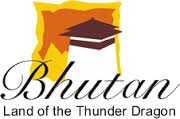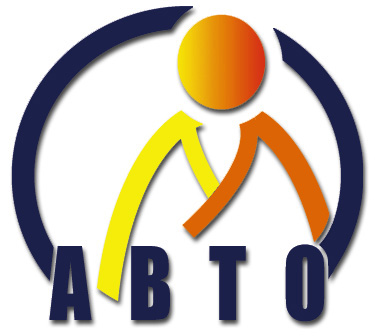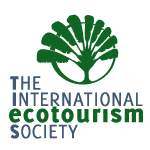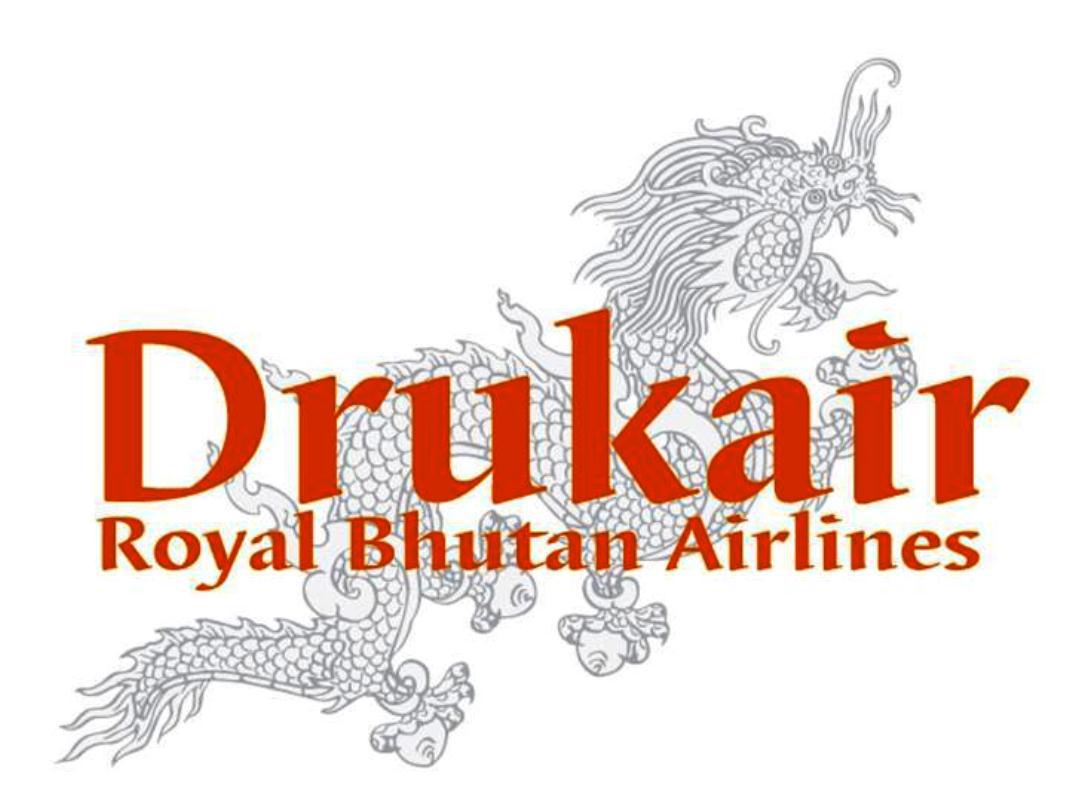Day 1 – Arrival in Paro, Bhutan
Welcome to Bhutan, the Land of the Thunder Dragon. Touching down at Paro International Airport, you will be greeted by your guide upon exiting the arrival hall. Today, we will take it easy to acclimatize to the altitude. Drive to Thimphu, check in to the hotel and let’s have your first taste of Bhutanese cuisine and some light sightseeing in Thimphu if possible.
Viewpoints around Thimphu
Takin enclosure – On the way to the viewpoint over Thimphu is the home of Bhutan’s national animal, the Takin; a strange looking beast some say looks like a bee stung moose.
Day 2 – Tour of Thimphu
Heritage Museum – Dedicated to connecting people to the Bhutanese rural past though exhibition of artifacts used in rural households.
Textile Museum – Witnesses the art of traditional weaving.
Thimphu Dzong – The largest Dzong, is also the seat of the office of the King of Bhutan.
National Memorial Chorten – Which was built in honor of the late King Jigme Dorji Wangchuk.
Papermaking Factory – Witnesses the art of papermaking.
Simtokha Dzong – Five miles from Thimphu, on a lofty ridge, stands Simtokha Dzong the oldest fortress in the Kingdom.
Centenary Farmers’ Market – Every Saturday and Sunday most of the Thimphu population congregate on the banks of the river where the weekend market is held. Here villagers from the valley and other nearby places come to sell their agriculture products.
Day 3 – Thimphu to Punakha
Dochula Pass – The 108 chortens was built by the present Queen Mother of Bhutan Ashi Dorji Wangmo Wangchuk to commemorate Bhutan’s victory over Indian militants and to liberate the souls of the soldiers lost.
Punakha Dzong – Built in 1637, the dzong continues to be the winter home for the clergy, headed by the Chief Abbott, the Je Khenpo. It is a stunning example of Bhutanese architecture, sitting at the fork of two rivers, portraying the image of a medieval city from a distance. The dzong was destroyed by fire and glacial floods over the years but has been carefully restored and is, today, a fine example of Bhutanese craftsmanship.
Khamsum Yulley Namgyal Chorten – Built by the third Queen Mother Ashi Tshering Yangdon wangchuk this Chorten is a splendid example of the Bhutanese architecture and art and is the only one of its kind in the world. It has been built over eight and a half years and its details have been drawn from religious scripture.
Day 4 – Punakha to Bumthang
In the morning, we would start our drive to Central Bhutan. Before we start we will pay a visit to Chimi Lhakhang (left) – A 20 minutes walk across terraced fields through the village of Sopsokha from the roadside to the small temple located on a hillock in the centre of the valley below Metshina. Ngawang Chogyel built the temple in 15th century after the ’Divine Madman’ Drukpa Kunley built a small chorten there. It is a pilgrim site for barren women.
Passing Wangdue (left), one of the major towns and district capital of Western Bhutan. Located south of Punakha, Wangdue is the last town before central Bhutan. The district is famous for its fine bamboo work and its slate and stone carving.
We will pause to view the Wangdue Phodrang Dzong. Built in 1638, Wangdue Dzong is dramatically perched on the spur of a hill and overlooks the confluence of the Tsang Chu and Dang Chu rivers.
Day 5 – Bumthang
This is one of the most spectacular valleys in Bhutan and also the heartland of Buddhism in Bhutan. It is an area with a wide variety of fauna and flora. The Guru Rinpoche and his lineage of Tertons (treasure finders) making Bumthang his home have led to more than 40 temples being built in this peaceful valley.
In the morning, we will hike to the Tamshing Goemba, built in 1501 by the Buddhist saint Pema Lingpa. We will also visit Kurjey Lhakhang (left-bottom), one of the most sacred monasteries in Bhutan. Built by the Guru Rinpoche in 1652, it houses a rock with his body imprint. Legend has it that Guru Rimpoche manifested as a Garuda to defeat the demon Shelging Karpo who had taken the form of a white lion.
We will also visit Jambay Lhakhang, built in 659 by Tibetan King Sontsen Gampo to pin down a demoness who was obstructing the spread of Buddhism. Come October, the Jambay Lhakhang Drup is one of the most colourful festivals in Bhutan.
Jakar Dzong – pitched on a high ground overlooking the town junction, it was built as monastery in 1549 by the great grandfather of the Zhabdrung. It is now used as the administrative center for Bumthang district.
In the afternoon, we will hike up to Thangbi Valley, crossing a suspension bridge to visit the Thangbi Lhakhang built in the 14th century via an unpaved road.
Day 6 – Bumthang to Gangtey
On route to Gangtey is Trongsa, the ancestral home of the ruling dynasty.
Trongsa, literally “New Town” in the Dzongkha language, is where the current monarchy had its origin in Bhutan. Each King in the line of succession has held the post of Trongsa Penlop or Governor before donning the Raven Crown.
Trongsa Dzong – The foundations of Trongsa Dzong were laid in the 16th century by Pema Lingpa. The Dzong flourished during the 17th century under Zhabdrung Ngawang Namgyal. With its massive structure, its wall looming high above the winding Mangde Chu Valley, the Dzong commands the east-west road.
Taa Dzong – Built as a watch tower the Taa Dzong has since been turned into a Heritage Museum. A book on this prominent Dzong is written by Christian Schicklgruber entitled The Tower of Trongsa, Religion and Power in Bhutan.
Day 7 – Gangtey
The valley of Phobjikha is well known as the winter home of the Black necked crane (Grus Nigricollis). Bhutan is home to around six hundred black-necked cranes with Phobjikha being one of the popular places that the birds migrate to in the winter months from the Tibetan plateau. The elegant and shy birds can be observed from early November to end of March. This is an old monastery that dates back to 17th century. Today we will do some short hikes around the valley of Phobjikha.
Day 8 – Gangtey to Paro
Paro Valley – The beautiful valley is home to many of Bhutan’s old monasteries and temples. The country’s only Airport is in Paro. The valley is also home to mount Chomolhari (7,300 meters) situated at the northern end of the valley whose glacier water forms the Pachu flowing through the valley. The following are some of the prominent places to visit in Paro.
Paro Dzong – Also known as Rinpung Dzong, this 15th century massive fortress/monastery, is also the administrative center of the dzonkhag.
Ta Dzong – Built as a watch tower the Ta Dzong, it was converted into the National Museum in 1968. The museum boasts antique Thangka, textiles, weapons and armour, household objects and rich assortment of natural and historic artifacts.
Day 9 – Paro
Taktsang Monastery – A one hour hike to the cafeteria is also a vantage view whereby you can enjoy the stunning view of the monastery. Prayer flags adorn the cliffs and this is also where Guru Padmasambhava landed on the back of a tigress in the 8th century.
Drukgyal Dzong – A morning drive, north of Paro valley brings us to the ruins of Drukgyal Dzong. Built in 1647 by the great Zhabdrung Ngawang Namgyal, father and unifier of medieval Bhutan, the Dzong was destroyed by an accidental fire and left in ruins as an evocative reminder of the great victories it was built to commemorate. Explore the ramparts and relive the memories of a glorious past.
Kyichu Lhakhang – After a sumptuous local lunch, we will retrace our steps to visit Kyichu Lhakhang, one of the oldest temples in Bhutan.
Day 10 – Depart Paro
Today we will bid fond farewell to this beautiful Himalayan country and take an early flight back to Singapore. We hope by now you would have made some friends and also kept many photos and beautiful memories of Bhutan! And we look forward to seeing you again in this beautiful land of endless Enchantments! Tashi Delek!



 Call +975-17642585
Call +975-17642585














